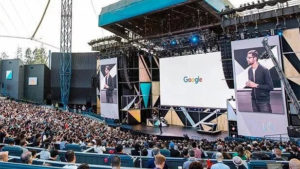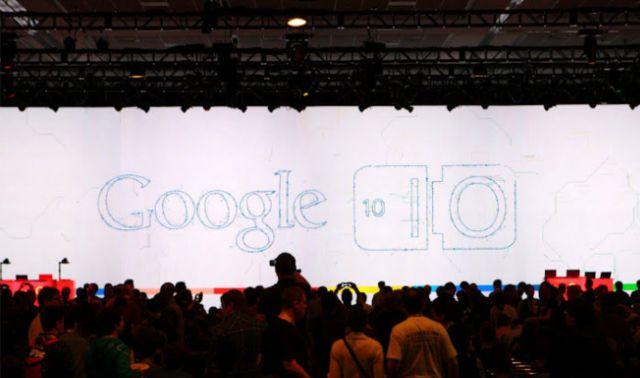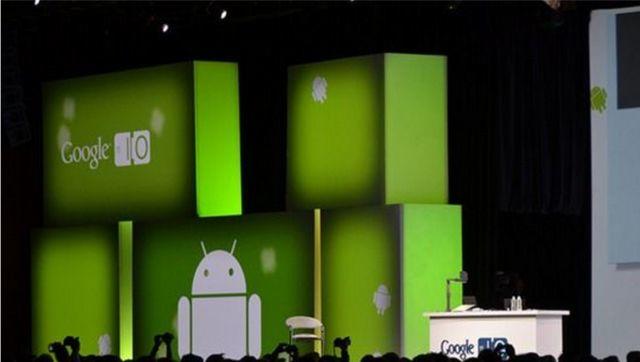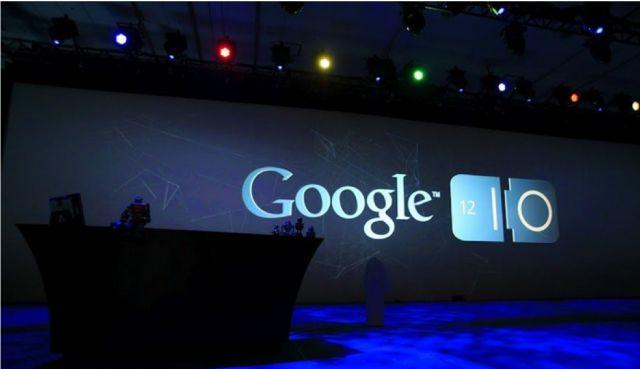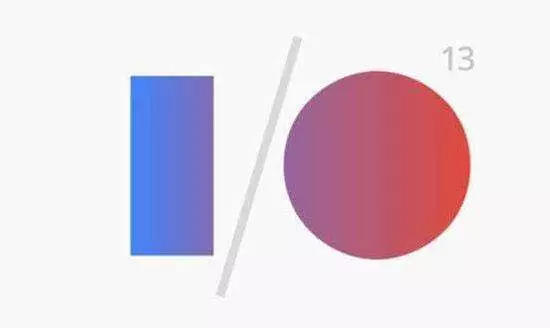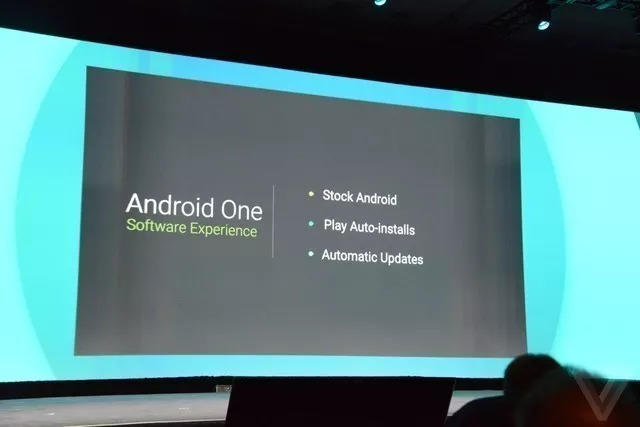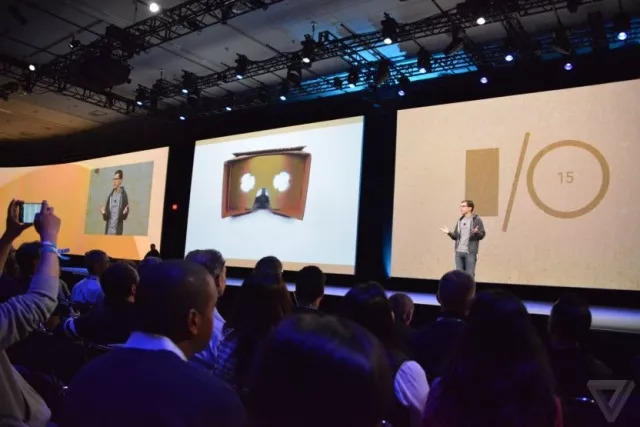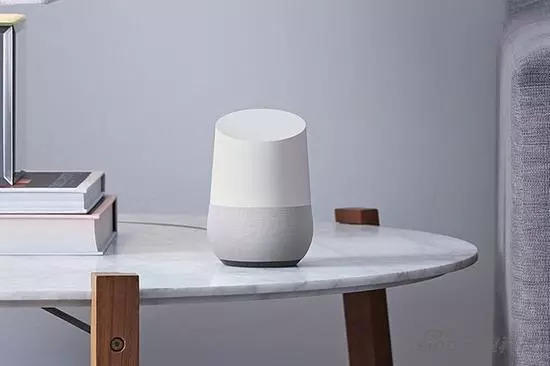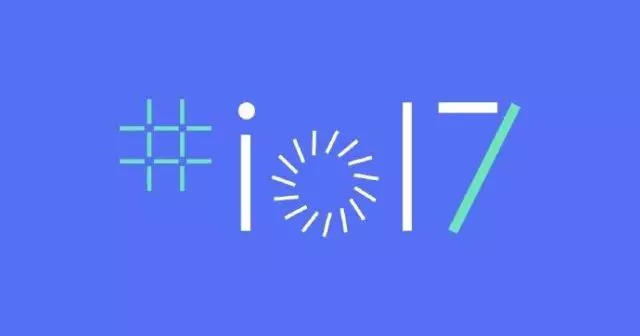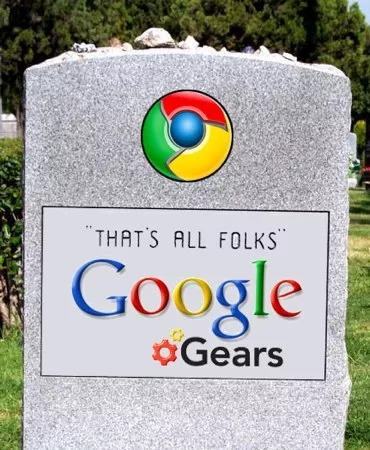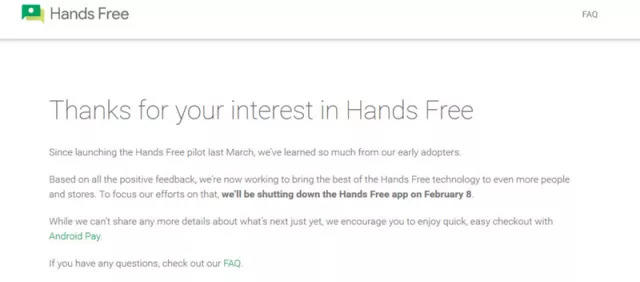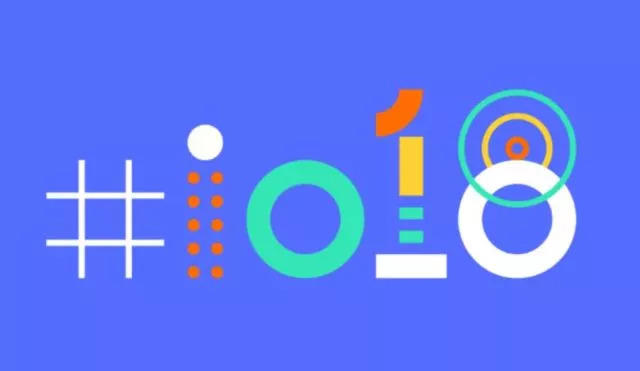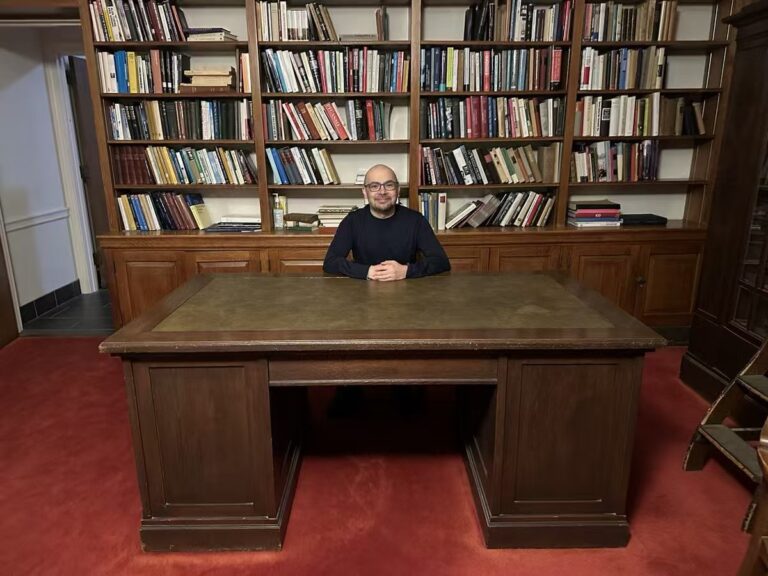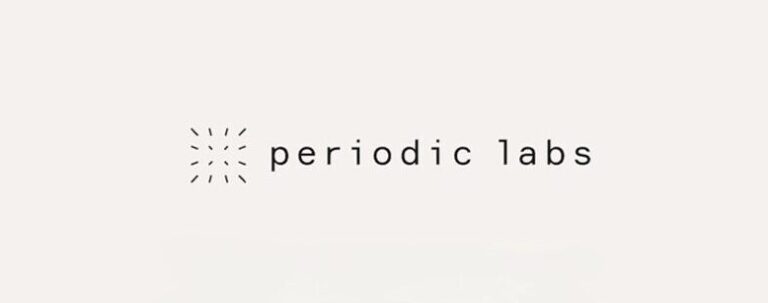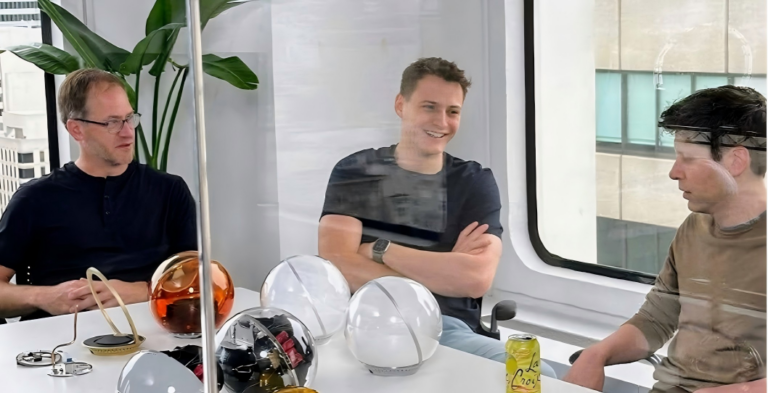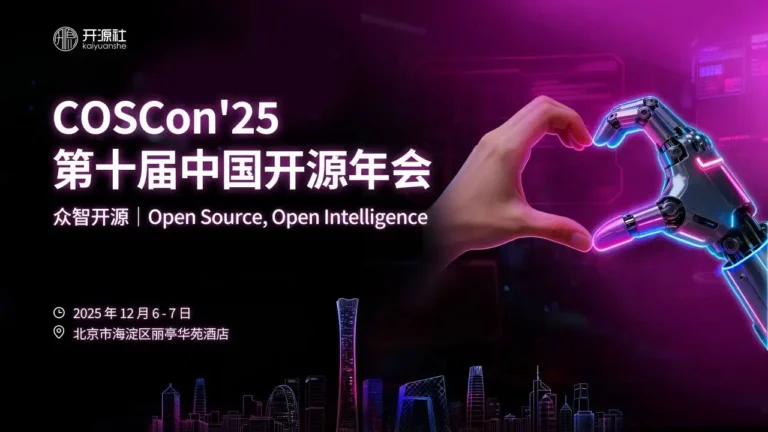About Google I/O
Every year, technical conferences such as Google I/O and MDCC are often referred to as the "Programmer Spring Festival Gala". This is not only because revolutionary technologies, products and future trends are often released at these conferences, but also because the content released at these conferences is closely related to the work of front-line engineers. In this way, Google I/O is the most representative large-scale developer event, as it has both appreciation value and content value and connects the discourse system of Internet developers.
Google I/O is an annual conference for web developers held by Google. I/O stands for "Innovation in the Open" and the focus of discussion is developing web applications using Google and open web technologies. Usually at the conference, Google will release some of its latest software and hardware products or technologies, and share with developers the technology trends for the coming year.
The first Google I/O was held in 2008, and so far there have been nine conferences, usually held in San Francisco, California. This year's 2018 Google I/O conference on May 8-10 is the tenth anniversary of Google I/O.
Highlights of previous I/O conferences
2008
The first Google I/O was held on May 28-29, 2008. Google released the Google Web Toolkit 1.5 release candidate, which supported new features of Java 1.5 and improved performance. It was announced that Google App Engine was available to everyone, and no longer required review and confirmation of service prices.
2009
The second Google I/O was held from May 27 to 28, 2009. At this conference, Google released many blockbuster products and technologies, such as Android, App Engine, Chrome, Google Web Toolkit (GWT), OpenSocial, Google AJAX APIs and Google Wave.
2010
Google I/O 2010 The third Google I/O was held from May 19 to 20, 2010. At this I/O conference, Google released the Android 2.2 operating system and made WebM and VP8 open source.
2011
The fourth Google I/O was held from May 10 to 11, 2011. The first day of the conference was centered around Android, including the release of relevant operating data and the new Android 3.1. The second day was centered around Chrome OS, and the Chromebook, a notebook equipped with Google Chrome OS, was released.
2012
The fifth Google I/O was held from June 27 to 29, 2012. At the conference, Google released three hardware products, namely the Nexus 7 tablet, the Nexus Q media streaming device, and the Google Glass, as well as the Android 4.1 operating system, and announced the latest operating data of Android devices, the App Store, and Google+.
2013
The 6th Google I/O conference was held from May 15 to 17. Google released Android Studio, Samsung Galaxy S4 with native system, new designs of Google Plus and Google Maps, etc. Youtube live broadcasted the conference.
2014
The 7th Google I/O conference was held on June 25-26. At this year's I/O, Google released a number of heavyweight products, projects and updates, including Android One, Android L, Android Wear, Android Auto, Android TV, Google Fit, etc.
2015
At the 8th conference, the new operating system Android M was released, and the Android Pay payment function service, the Internet of Things underlying operating system Brillo, the supporting hardware interface Weave, the offline map service, Google Now, etc. were introduced. In addition, Google Photos was also launched.
2016
At the 2016 I/O conference, Google Assistant, the evolved version of Google Now, IM chat software Allo, video call software Duo, Daydream platform, Android Wear 2.0 and Android Studio 2.2 were released.
2017
At the Google I/O 2017 conference, it was announced that its AI voice assistant Google Assistant will be available on iPhone, and new features such as text input, Google Lens image input, and support for more devices and languages will be added. Android O was also released at the conference, although the developer version was released two months before the conference, as well as updates to various products such as the Fuchsia system, Chrome OS, Google Assistant, VR/AR, and Google Home.
It is worth mentioning that Google CEO Sundar Pichai announced at the I/O 2017 conference that Goolge would build an AI First data center and also announced the latest generation of Cloud TPU, which can provide 180 trillion floating-point operations per second. In recent years, it can be seen from the product releases at the I/O conference that Google's development focus has gradually shifted from mobile development to artificial intelligence.
A breakdown of the products that failed at I/O
In the past decade, Google has released many products at I/O, the most successful of which is the Android operating system. This move has directly affected the global mobile Internet situation and made Google the world's most influential Internet giant. However, in fact, in the process of Google's advancement, there are also many decisions that are far below expectations.
Google Gears
At the I/O conference in 2008, Google Gears, an offline application development tool, was released. Google Gears is actually a browser extension software that allows external developers to develop offline applications for mainstream browsers such as IE or Firefox. Later, Google changed the name of the tool to "Gears" and released it as an open source product. In February 2010, Google announced that it would use HTML 5 technology to create browser/cloud-based applications in the future, which also meant that Google officially abandoned the Gears project.
Google Wave
According to the statement when Google Wave was released at Google I/O in 2009, it is a "personal communication and collaboration tool", a web service, computing platform and communication protocol designed to merge email, instant messaging, wiki and social networks. It has a powerful real-time collaboration and powerful spell checking function, which can automatically translate 40 languages, as well as many other extensions, such as users can also collaborate by co-editing documents. However, since the launch of Google Wave, the service has been facing the challenge of too few users, which led Google to announce in August 2010 that it would no longer continue the subsequent development of Google Wave. In September, Google opened the source code of Google Wave to the public, and Lars Rasmussen, the original head of the project, also jumped to Facebook.
Hands Free
In May 2015, Google launched another payment feature besides Android Pay at the I/O Developer Conference - Hands Free, which allows payments without using both hands.
Google will set up checkout devices in stores. After entering the store, the device equipped with Hands Free can be located through a series of functions such as Bluetooth, GPS positioning, Wifi, etc., and connect to the merchant's checkout device. Customers can complete the payment by saying "I'll pay with Google" at the checkout counter. The store will also confirm the user's information. By asking the name, you can understand the user's appearance, credit card and other related information. After completing the identity confirmation, you can pay. As for the user information that the merchant can see, it is also limited, and the user's photos taken in the mall will be deleted after payment. If developed in theory, Hands Free is really a good solution, but in actual application, it has not been recognized by the market, so Google chose to give up. Currently, Hands Free has been officially closed on February 8, 2016.
Looking forward to the 2018 I/O Conference
This year, Google mentioned Pineapple pineapple cake in a puzzle game, which seems to imply that the Android P system will be released this year. Everyone knows that Google will name each version of Android after desserts, such as Lollipop, Marshmallow, Jelly Bean, Oreo, etc. However, Pineapple can only be said to be a guess now, and there are rumors that P refers to Pie.
In addition to the release of Android P, AI-related technologies and products are also the focus of the release. Google Assistant, Google Home, etc. will definitely be one of the absolute protagonists of this release. However, the 2018 TensorFlow Dev Summit, which will start on March 30, is expected to release many technologies and products that are more closely related to AI developers in advance.
As for hardware, everyone predicts that the possibility of Pixel 3 being released is not particularly high, because Google is increasingly inclined to update in the second half of the year, and the release time in May is still a bit hasty.
How to attend I/O
1. Purchase tickets and participate on site
Google I/O 2018 Developer Conference will be held from May 8 to May 10 this year. Google has officially opened the registration application, which will last from today to 5 pm Pacific Standard Time on February 27.
Every year, tens of thousands of developers around the world apply for a limited number of tickets, so after completing the application, you still have to wait for Google's screening. Users who successfully register will receive an official invitation letter from Google for the developer conference.
The ticket price for general audiences is US$1,150, approximately RMB 7,300, and the price for academic audiences is US$375. Applicants must be full-time students, professors, or staff members of higher education institutions.
Follow this public account to query "Google I/O Conference | Full analysis of ticket registration and payment steps"
Since 2013, the keynote session of the main venue of the I/O conference has been live broadcast on YouTube. You can also watch the live broadcast at home or in the local GDG (Google Developer Community);
